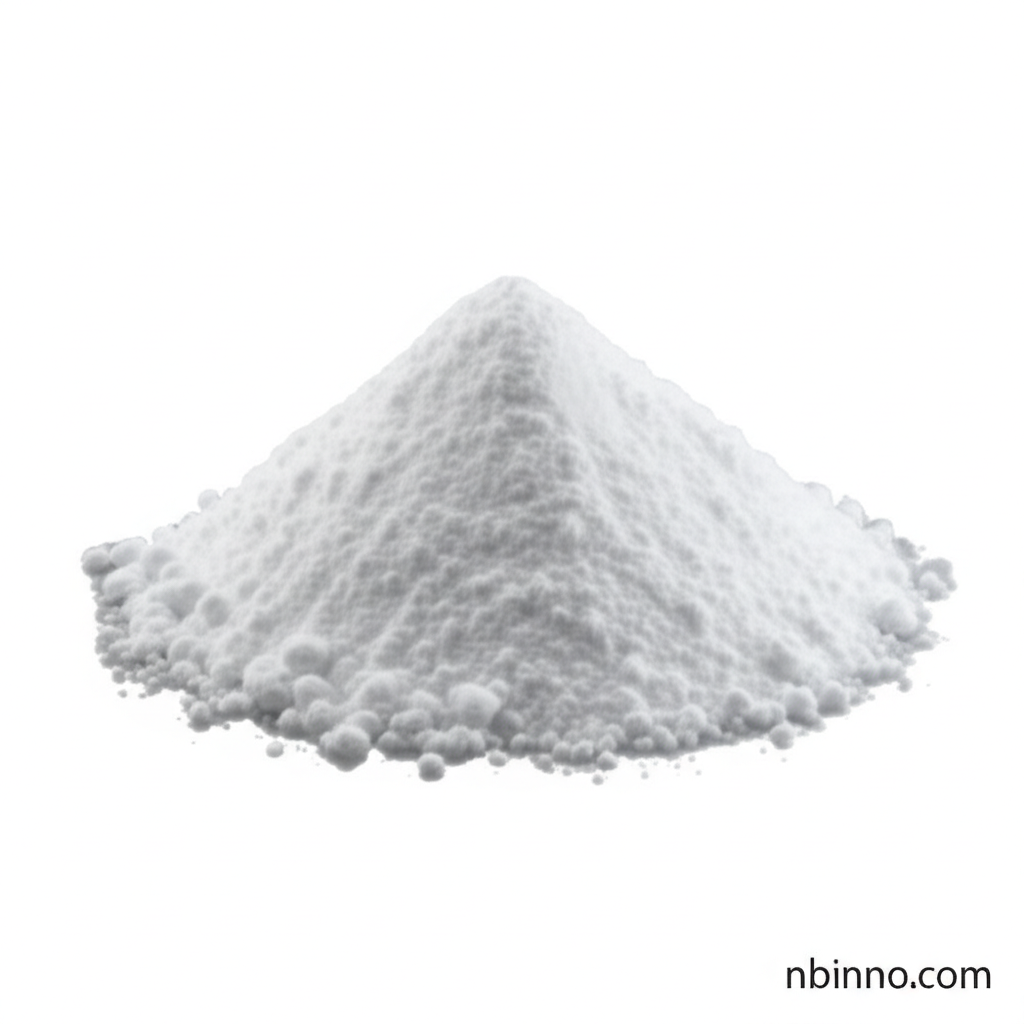High Purity Antimony Trioxide (CAS 1309-64-4): Your Key to Enhanced Fire Safety
Discover the power of Antimony Trioxide as a crucial flame retardant synergist, safeguarding your materials and products.
Get a Quote & SampleProduct Core Value

Antimony Trioxide
Antimony trioxide (Sb2O3) is a vital inorganic compound extensively utilized as a flame retardant synergist. It works in tandem with halogenated materials to significantly improve the fire resistance of polymers, plastics, textiles, and coatings. This synergistic combination is key to its effectiveness in creating less flammable chars, a critical aspect of modern material safety standards.
- Explore the essential uses of antimony trioxide in plastics and its impact on polymer fire safety, ensuring compliance with stringent regulations.
- Understand the Sb2O3 flame retardant mechanism, how it interrupts combustion chains and forms protective char layers.
- Discover the broad range of applications for high purity antimony trioxide, from electronic casings to building materials, highlighting its versatility.
- Learn about the critical role of antimony trioxide for PVC and other polymers in achieving UL-94 V-0 ratings.
Key Advantages
Enhanced Flame Retardancy
Leverage the synergistic flame retardant properties of Antimony Trioxide (Sb2O3) to meet demanding fire safety standards in your polymer applications.
Broad Material Compatibility
This versatile chemical additive finds extensive use across plastics, rubber, textiles, and coatings, making it a go-to solution for diverse industries.
Proven Synergistic Effect
Its ability to work effectively with halogenated compounds is crucial for creating effective flame-retardant systems, contributing to a safer end-product.
Key Applications
Plastics and Polymers
Crucial for enhancing the fire resistance of materials like PVC, PP, PE, PS, and ABS, meeting the stringent requirements of the electronics and automotive sectors.
Textiles and Fibers
Used in coating and blending processes for fabrics and fibers to impart flame-retardant properties, essential for safety in home furnishings and protective wear.
Coatings and Paints
Incorporated into oil paints and coating materials to serve as both pigments and retardants, improving the fire performance of surface treatments.
Rubber and Ceramics
Acts as a filling, covering agent, and retardant in rubber, ceramics, and enamel products, expanding its utility across manufacturing sectors.
